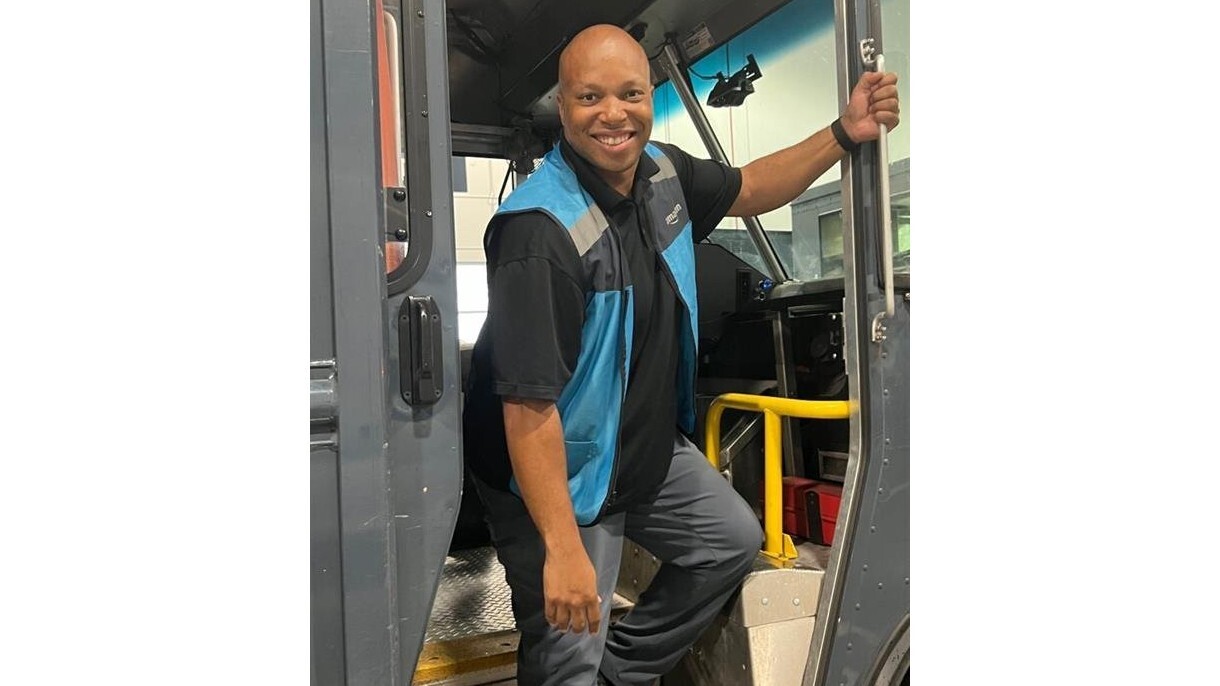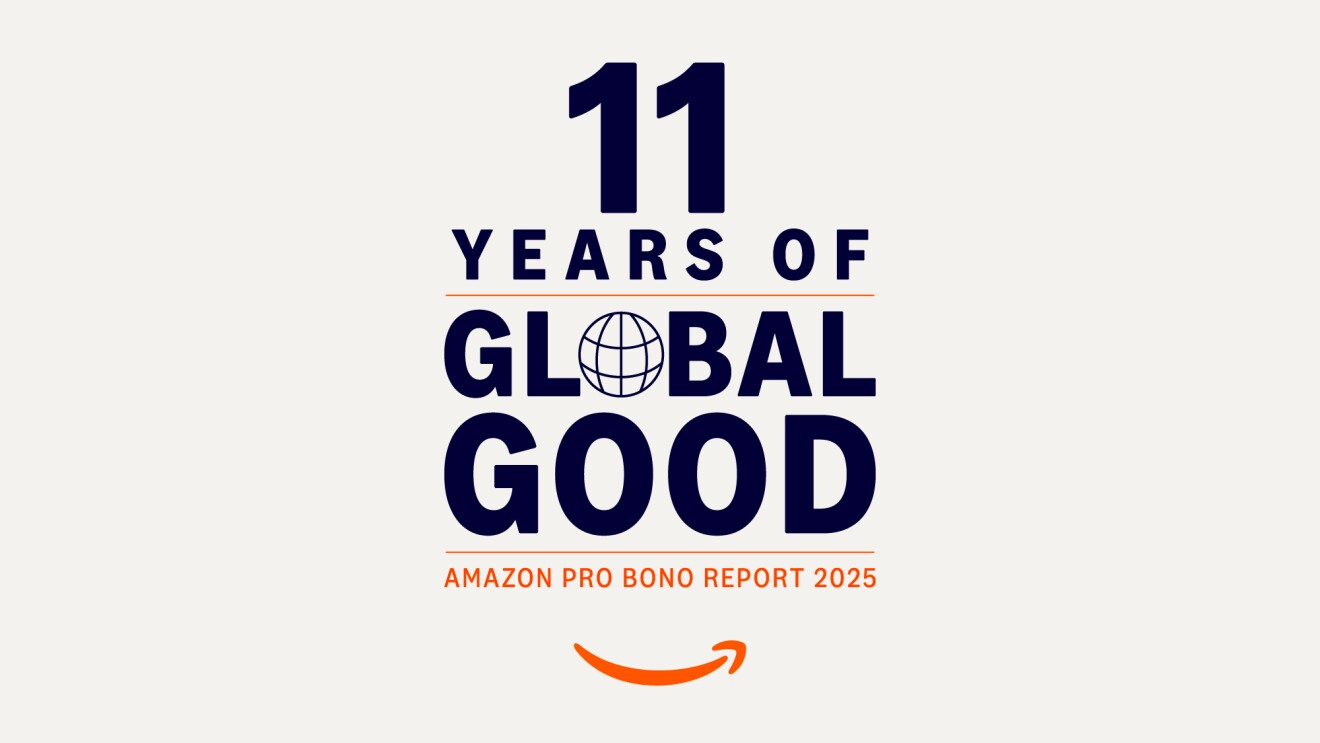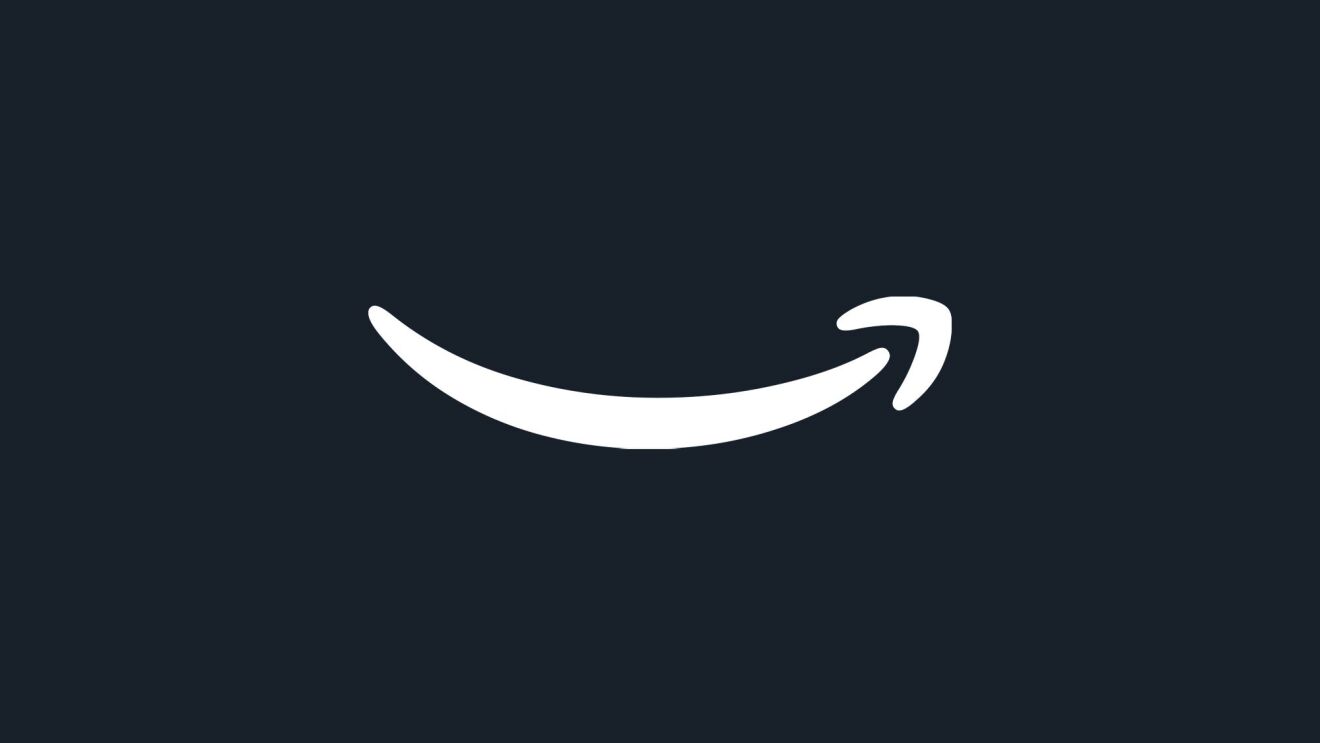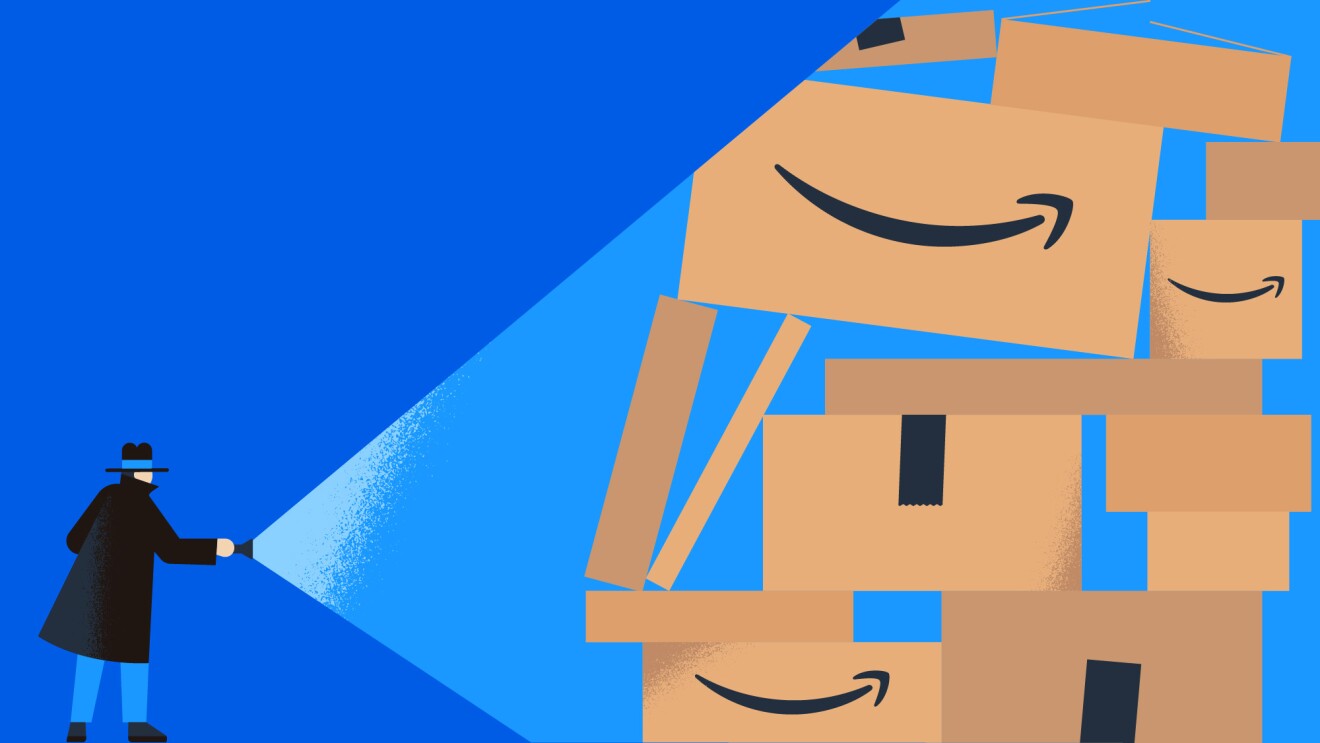In 2018, we launched the Amazon Delivery Service Partner (DSP) program to connect with aspiring entrepreneurs and enable them to build and scale their own business with Amazon. Our retail business has been partnering with small and medium-size businesses for decades, and as we debated options for developing the DSP program, it was a model we were inspired by and wanted to adopt. Because small business owners know their communities best, we believed it was important that they build teams and a driver network from within their communities, which led to both good jobs in these communities and good service for local customers. While DSPs as independent businesses hire and manage their own employees, they receive support from Amazon to help them be successful. Since the program started, we’ve invested more than $12.3 billion in state-of-the-art technology, safety features, rate cards, programs, and services for Amazon DSPs and their drivers.
Over the past five years, we’ve empowered 4,400 entrepreneurs to build and scale their businesses—like Sebastian Festa, founder of Kardia Transport, LLC and Zalmi Duchman, founder of Surfside Angels—which in turn have created 390,000 driving jobs and generated $58 billion in revenue for their businesses. These small businesses now safely deliver over 20 million Amazon packages every day across 19 countries, and we wanted to share some details about the success of the program and our partners.
 Sebastian Festa, founder of Kardia Transport, LLC
Sebastian Festa, founder of Kardia Transport, LLCWorking together
We’re proud of the diverse and unique ways in which DSP owners build and run their businesses, and we partner closely with DSPs to provide them with tools and resources to grow their companies and solve common industry challenges. For example, our technology designs routes that drivers complete within a specific time period – optimized for things like package volume and complexities with different addresses and neighborhoods, which helps DSPs prioritize safety and driver experience. These routes are built to ensure time for DSPs to provide their employees breaks (including two 15-minute rest breaks and one 30-minute meal break), and result in the vast majority of drivers finishing their routes early or on time.
We’re also continuing to innovate to help improve the driver experience even more. For example, we recently launched a technology we call Vision-Assisted Package Retrieval (VAPR), a new AI-powered system in U.S. delivery vans that uses cameras and LED lights to shine a green light on the packages that should be delivered at a stop (and a red light on ones that are not for that stop), which simplifies the experience even more for drivers. Many of the innovations we’ve rolled out for DSPs are based directly on feedback from drivers and DSP owners – we love hearing their feedback and we’re constantly working to put it into action.
Over the next year, Amazon will invest an additional $660 million in annualized rate card increases (the amount we pay to DSPs that they then pay to drivers and invest in their businesses) and bonuses to DSPs to support them as they continue to grow. While individual wages are set by the DSPs and vary by geography, we anticipate that our latest investment will help DSPs increase driver pay to a national average of nearly $22.00 per hour, which is a 7% increase over last year – and we’re aware that many DSPs are already paying well above that. In addition, DSPs provide health care coverage that meets or exceeds federal standards for affordability and minimum value (as defined by the Affordable Care Act, for all employees who average at least 30 hours per week), and full-time drivers receive at least 80 hours of paid time off per year.
On top of that, we’ve introduced a new service this year from PayActiv that DSPs can offer to their drivers that lets them easily access up to 50% of their accrued wages, so they no longer have to wait for pay day. The service will support cash rewards, exclusive discounts (on things like movie tickets, prescriptions, and gas), bill payments, and a savings tool, all in one convenient app.
Commitment to safety and sustainability
Safety is always the top priority, and we work hard to support DSPs and their drivers to be safe on the road. We’re also committed to sustainability, and our newest vehicles are among the safest and most sustainable delivery vehicles on the road today. Here are a few ways we continue to invest in both.
 Brandi Monroe, a delivery driver for an Amazon DSP in the Baltimore, Maryland area drives an electric delivery van from Rivian.
Brandi Monroe, a delivery driver for an Amazon DSP in the Baltimore, Maryland area drives an electric delivery van from Rivian.In 2022, we launched our electric delivery vehicles from Rivian and we already have more than 10,000 in our fleet. These vehicles are some of the safest and most sustainable delivery vans on the road – running entirely on electricity, and equipped with more than a dozen advanced driver assistance systems, including blind spot warning, rear cross traffic alert, manual park assist, lane keep assist to gently nudge the driver back in lane, adaptive cruise control to maintain safe cruising distance from vehicles on the road, and automatic emergency braking to mitigate or prevent collisions. In addition, these vehicles are equipped with a surround view system to provide a “birds-eye” view and a rear camera view that are projected over a large centered driver display. Drivers tell us that they love these vans, and they also help us move closer to our Climate Pledge commitment to be net-zero carbon emissions by 2040.
All Amazon-branded vehicles—whether from Rivian or another manufacturer—are equipped with in-vehicle camera safety technology that has reduced accident rates by 48% across our U.S. network since it rolled out in 2020. In addition, DSPs using this technology have seen a 93% decrease in distracted driving, a 90% reduction in speeding, and a 96% reduction in stop sign, stop light, and U-Turn violations.
Every vehicle bearing the Amazon brand is equipped with air conditioning—a feature that’s above industry standard—and if the air conditioning isn’t working on a vehicle, that vehicle is taken out of service. We also know that the best tool against heat is taking breaks, and last year alone, we worked with DSPs to adjust routes by more than 96.9 million minutes, or nearly 67,000 days, so drivers could take additional breaks to hydrate, rest, and cool down their core temperatures. And when it comes to winter weather, all vehicles operated by DSPs must have functioning heat, and a vehicle is taken out of service if there are issues. Drivers have the option to use their vehicles as a warm place to take breaks, but we also provide a list of indoor break spots, like gas stations or restaurants, in the Amazon Delivery app. In addition, we invest millions of dollars in winter supplies for DSPs and their drivers, including ice scrapers, ice cleats, snow shovels, warm-up kits, snow removal roof rakes, first-aid and roadside emergency kits, and flashlights for deliveries with low light. We’re always monitoring the weather and adjusting routes as needed to keep drivers safe, and we also encourage drivers to speak with their DSPs if they have any concerns about completing a route.

These are just a few examples of how we help keep drivers safe, and we’re always working on new technology, process improvements, and better training to continue to improve the safety of drivers, customers, and the community around us.
Helping small businesses and their teams continue to grow
Across many different parts of Amazon, we invest in programs and tools to help empower small businesses—whether they’re selling in our store, using AWS, or delivering for customers. One way that we continue to help DSPs and their drivers thrive is by giving them access to best-in-class programs for personal and professional growth like Next Mile, offered by InStride, which provides participating DSPs funding of up to $5,250 per eligible driver per year for access to over 1,700 academic programs, including bachelor's and associate degrees, skill certifications, and high school completion courses. DSPs also have access to a 401(k) plan with financial support to help them match employee contributions.
We also encourage DSPs to create diverse and inclusive workplaces. For example, we included a veteran incentive when the DSP program launched in 2018 that made grants totaling $5 million to support 500 veteran entrepreneurs launch their business. And created Road to Ownership, an accelerated training program that paves the way for high-performing DSP employees to become DSP owners. The program provides a comprehensive understanding of operating a DSP business and fosters business acumen. Upon completion, participants receive a $30,000 grant to cover startup costs and living expenses while they establish their business.
Inspired by the success of the DSP program, we’ve also worked to create even more opportunities for entrepreneurs to build and grow the businesses while serving Amazon customers in their communities. These include programs like the Amazon Freight Partner (AFP) program, which helps small businesses in the trucking space haul Amazon packages, and the Hub Delivery program, which utilizes existing small businesses—like hair salons, florists, and coffee shops—to deliver Amazon packages. Today, we have over a thousand small business owners in these programs, like LaKeisha Palmer, owner of the CK Craft Supply custom embroidery shop in Saint Robert, Missouri, who participates in the Hub Delivery program to bring in additional income when her business is slow. Or Marty Sexton, owner of Greenville Auto Parts in Alabama, who’s also making extra income through the Hub Delivery program to add more inventory to his store.
Giving back
We also work with DSPs to directly give back to the communities where we operate. For example, last year, we launched the “Together, We Give” program to give DSPs in the U.S. and Canada access to grants up to $5,000 to support charitable donations to nonprofits in their local community. Over 800 DSPs have already taken advantage of this program, collectively donating over $560,000 to nonprofits and donating school supplies to over 49,000 students across the U.S. and Canada. Whether it’s supporting disaster relief efforts, local hospitals, or school districts, we’re happy to help these small businesses continue to improve the communities they serve.
Our focus continues to be on helping these small business owners build successful companies and great teams, and we’re excited to see the progress they’re making in communities across the U.S. and around the world. We look forward to continuing to partner with DSPs in the months and years to come, to ensure they and their drivers feel prepared, safe, and supported every day.
Trending news and stories
- ‘Young Sherlock’ premieres March 4: How to stream the Guy Ritchie series on Prime Video
- Alexa+ can now answer your Ring doorbell and talk to visitors
- ‘Beast Games’ Season 2 is coming to Prime Video—See the new trailer
- How Amazon Pharmacy has helped customers save more than $100 million on prescription medications like GLP-1s and insulin










